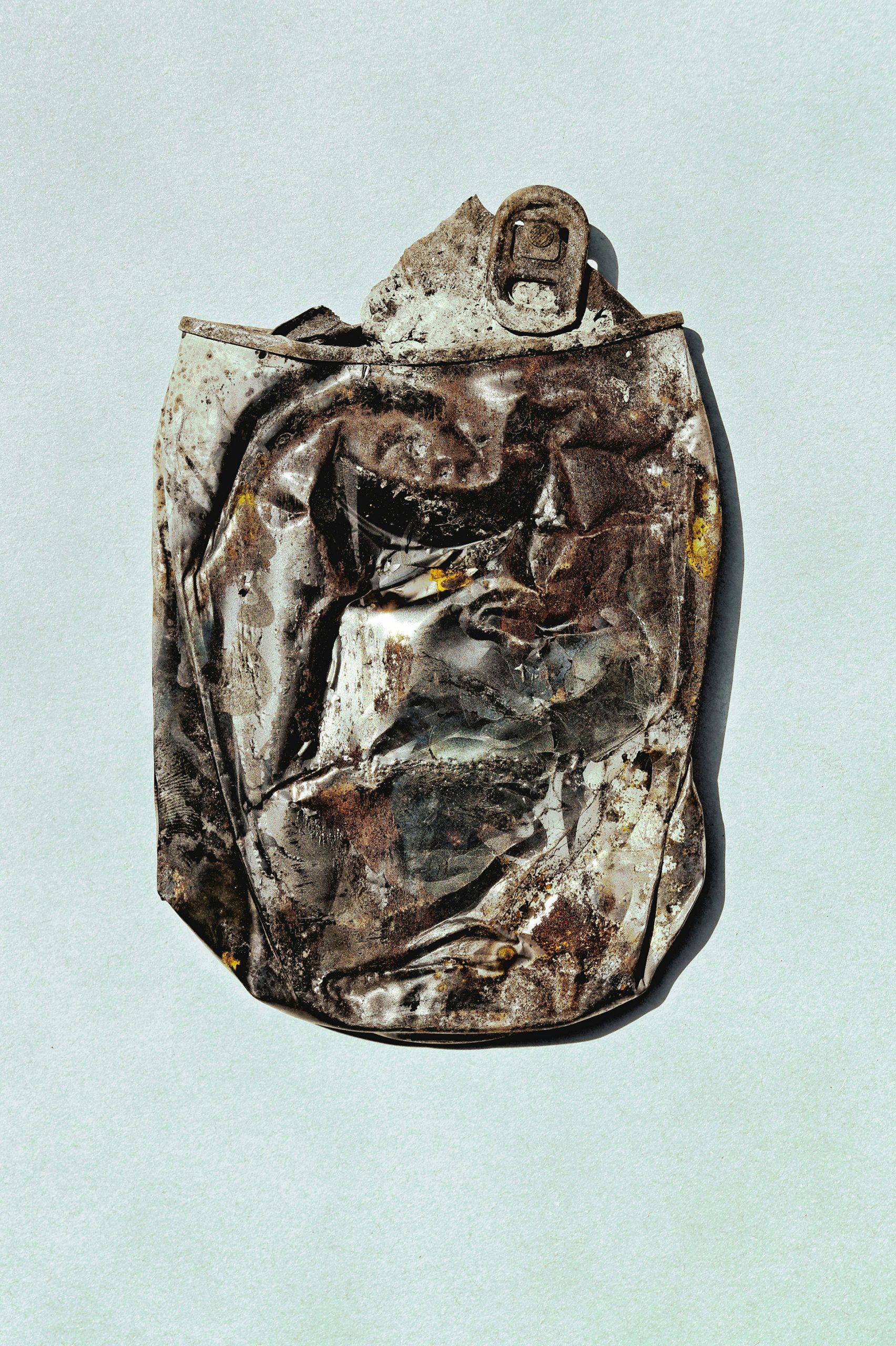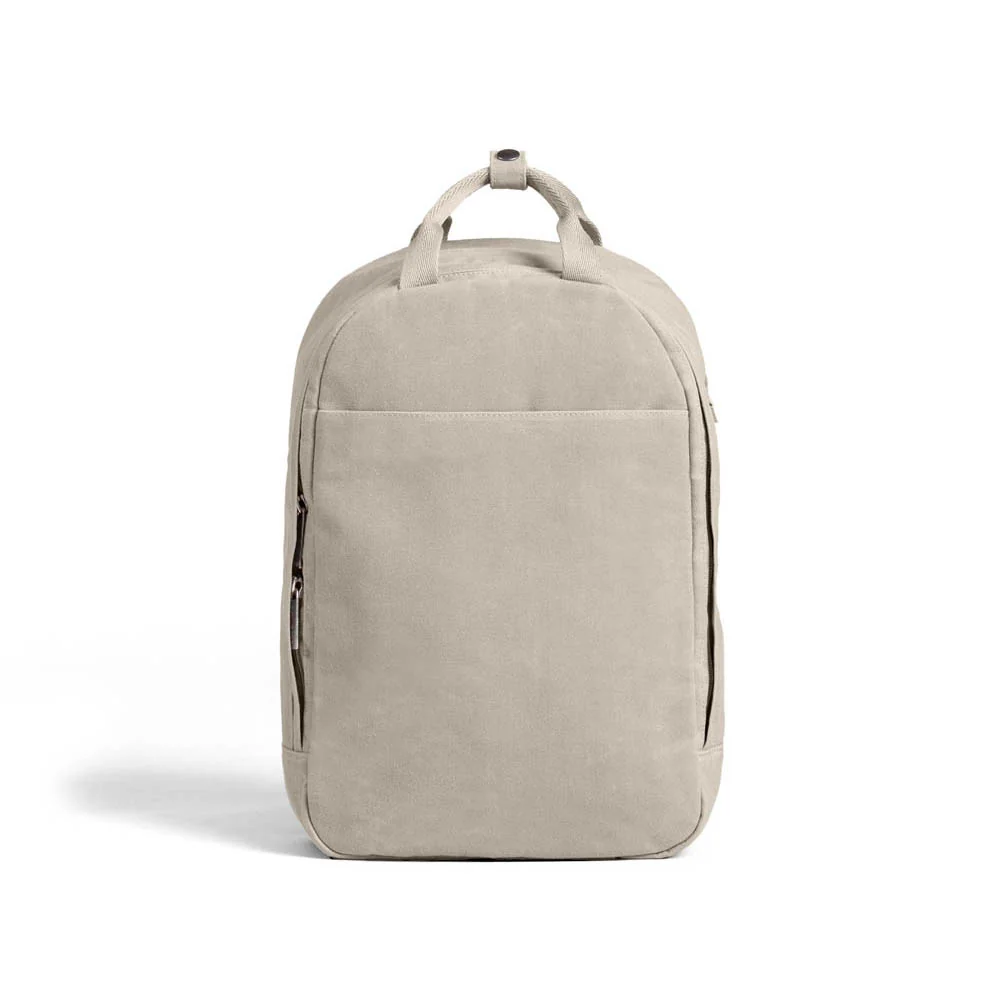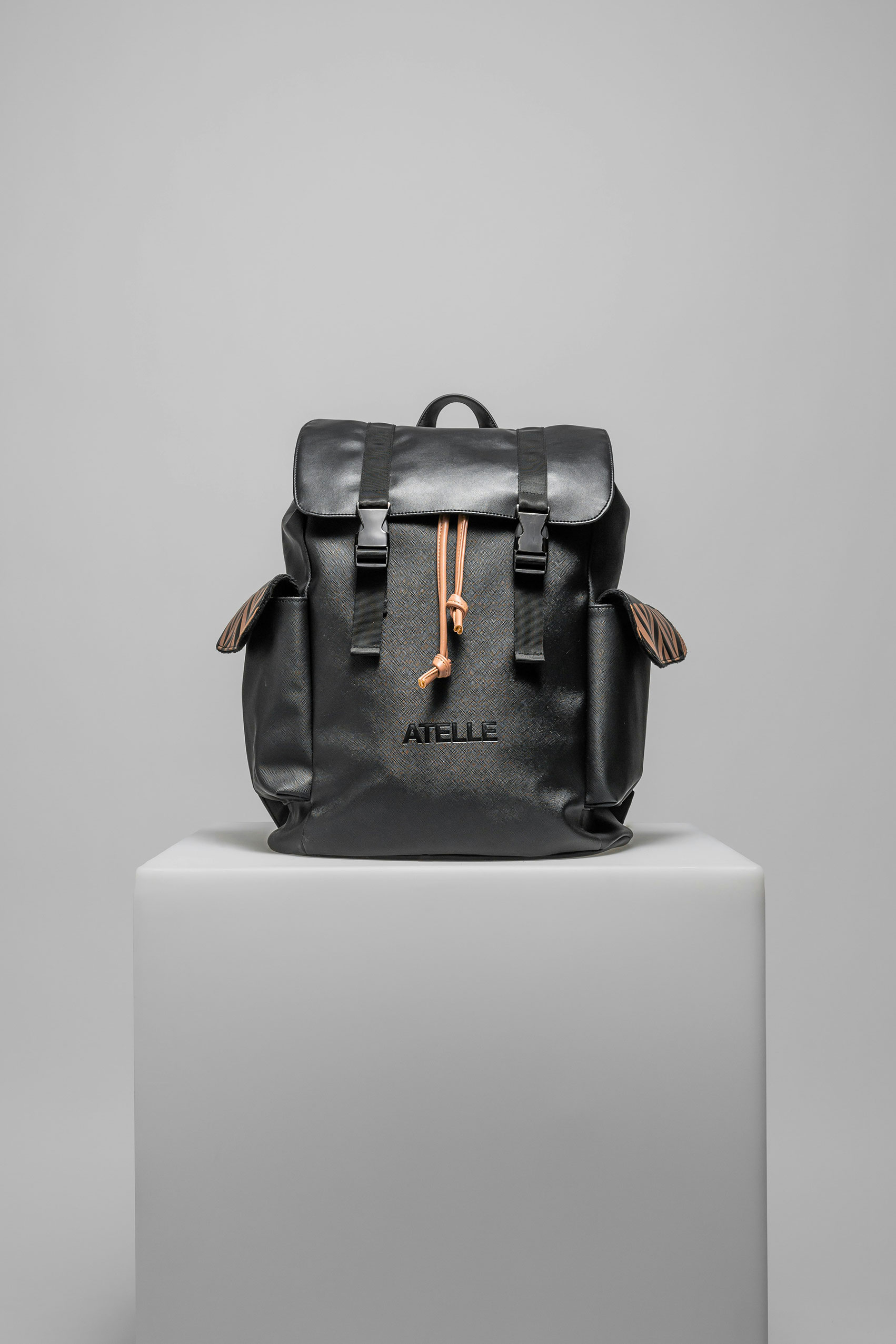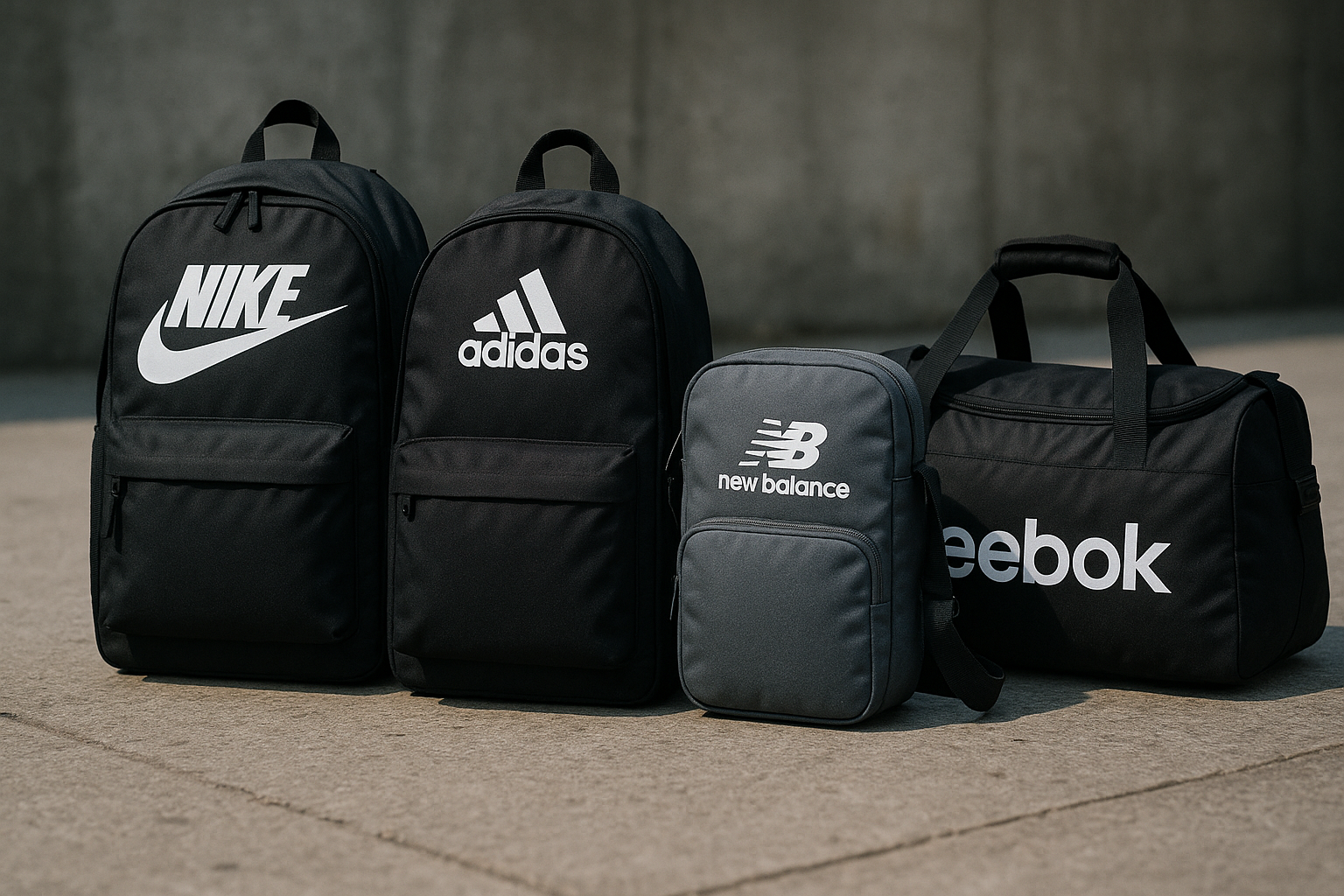You see eco-friendly promises all the time: Made from 100% recycled stuff! Carbon-neutral shipping! Breaks down naturally! But what if the backpack world’s push for being green is making things worse?
As people care more about the environment, backpack companies now sell lots of eco-friendly stuff that seems guilt-free. A report said that many green claims by big fashion brands in Europe aren’t true or are misleading. But the backpack industry’s green story is more strange.
Looking at the Whole Life
Knowing the Real Environmental Harm
A Life Cycle Assessment (LCA) figures out how a product harms the environment, like all the greenhouse gases it makes from start to finish. When we use this to check sustainable backpacks, the results can be a surprise.
Think about an eco-friendly backpack that says it has 50% recycled stuff. The recycled material might start as plastic bottles from poor countries, shipped to Asia to be processed, turned into fiber, made into fabric, colored with chemicals, and then made into a backpack before being sent all over the world.
Every step hurts the environment, but people don’t see it. The power needed to melt, re-make, and re-weave materials can be more than what’s needed to make materials from scratch. Shipping costs add up when materials cross oceans many times.
The Hidden Problems with Sustainable Stuff
Recycled Material: Not Always What It Seems
Recycled material is popular when talking about green backpacks, but it’s complicated. Using recycled bottles can keep them out of dumps, but recycling takes a lot of power and can make material that wears out faster.
A scientist who has studied fabrics for years, Dr. Sarah Chen, said, If the result doesn’t last as long as the original. We’re trading long-lasting quality for short-term marketing.
Even worse, a lot of recycled items still send plastic bits into the water when washed, polluting the ocean. Recycling doesn’t stop this problem, it just makes it later.
Breaks Down Naturally: Not Always True
Parts that break down naturally sound good, but they can cause more problems. Most materials need special conditions to break down correctly, but dumps and nature don’t have these.
When these materials don’t break down, they can release gases that warm the earth. Also, making these materials often takes more power than regular ones, which cancels out the good they’re supposed to do at the end.
The Case: $200 Eco Pack vs. $50 Regular Pack
The Choices
Let’s check two real backpacks to see the difference in environmental harm:
The Sustainable Pick: Backpack A – $139
- Made with 100% recycled stuff
- Fair Trade Certified
- Claims carbon-neutral shipping
- Fixes it for life
The Regular Pick: Backpack B – $36
- Made from brand new materials
- Standard making
- Basic promise
Checking Over 10 Years
How It’s Made
Backpack A takes more power to make because:
- Recycling material: Takes 40% more power than brand new
- Special coloring for recycled stuff: Uses 25% more water
- Fair Trade rules: Adds carbon to check and manage
- Fancy wrapping: More materials and shipping
Total harm from making it: 28.5 kg CO2
Backpack B easy way of making it means:
- Brand new material: Regular power use
- Regular coloring: Regular water use
- Simple wrapping: Plastic bag and cardboard
- Making a lot at once: Less power per unit
Total harm from making it: 18.2 kg CO2
Moving It Around
Sustainable items often have complex paths:
- Ships things many times for special materials
- Sold in fancy places (low amount, high transport cost)
- Needs special wrapping
The regular pack is better because:
- Simple shipping
- Sells a lot at once
- Simple wrapping
How It’s Used
Here’s where it gets interesting. Over 10 years:
How Long It Lasts:
- Good materials can last longer
- Fixing it can make it last longer
- People think it’s worth more, so they care for it better
How Often It’s Replaced:
- People with good packs: Replace 1.2 times in 10 years
- People with cheap packs: Replace 2.8 times in 10 years
Total Harm in 10 Years:
Sustainable Pack: 28.5 + (0.2 × 28.5) = 34.2 kg CO2
Regular Pack: 18.2 × 2.8 = 50.96 kg CO2
The sustainable pack is better, but not by much, and only if it lasts, not because of the materials.
Checking the Green Claims
What They Say vs. What’s Real
They checked clothes from big fashion stores to see if their green claims were true and learned that 60% were not true. The backpack world has the same misleading claims.
Common Tricks in Backpack Ads:
- The Percentage Game: Made from 50% recycled stuff sounds good until you know it’s just one small part.
- Carbon Claims: Companies make up for shipping harm but ignore how much harm making it causes.
- Breaks Down Naturally: Ads talk about zippers or buckles that break down, but the main material will last for years.
- Recycled Shell Game: Using recycled materials that take more power to process than brand new ones.
Certifications Can Fool You
There are a lot of green certifications, but they check different things and can fool you:
- Focuses on chemicals, not the total environmental harm
- Checks recycled stuff, but not the whole life of the product
- Addresses work conditions, not the environment
- Often from bad offsets instead of cutting emissions
A lot of products use deadstock fabric, recycled materials, or materials with green certifications. These are good, but they don’t guarantee less environmental harm.
The Real Bad Guys
Buying Backpacks Like Fast Fashion
The biggest problem is not the materials, it’s how much we buy. Social media makes backpacks fashion items that change every season instead of things to use for years.
An economist, Dr. Michael Torres, said, People buy three ‘sustainable’ backpacks a year instead of one regular pack every three years. That’s more harm, but they think they’re virtuous.
The High Price Problem
High prices for sustainable packs can make things worse by:
- Making people want more because they can’t get them
- Letting rich people buy new ones often
- Making backpacks status items, not tools
Making Green Clothing Wear Out Fast
Some sustainable brands make things that wear out as styles change. They put out limited eco collections to encourage buying while using recycled materials as cover.
Going Deep with the Life Cycle
How Making Materials Harms
Brand New Material:
- Energy: 125 MJ/kg
- Water: 17.3 liters/kg
- CO2: 9.5 kg/kg
Recycled Material:
- Energy: 175 MJ/kg
- Water: 21.7 liters/kg
- CO2: 13.2 kg/kg
- Plastic bits: Same as brand new
Natural Fabric:
- Energy: 55 MJ/kg
- Water: 2,495 liters/kg
- CO2: 3.8 kg/kg
- Quality: Not as good as brand new
How Making Harms
Making sustainable stuff often takes more:
- More washing for recycled materials
- Special machines for recycled fibers
- Checking the quality of recycled stuff
- Following the rules
Transporting Adds Up
Sustainable shipping is often more complex:
- Materials from special places
- Small runs
- Fancy shipping
Case Studies: When Sustainable Isn’t
Case Study 1: The Recycled Scam
Some brands sell backpacks made from ocean , but it turns out that:
- Most of it is from beaches and rivers, not the ocean
- Taking it often uses boats that burn fuel
- Dealing with ocean takes more power
- often isn’t as good
The harm of collecting and dealing with ocean often costs more than leaving it in the ocean.
Case Study 2: The Carbon Shipping Trick
Many brands talk about carbon-neutral shipping, but:
- Carbon offsets can be fake
- Making it causes more emissions than shipping
- Carbon-neutral shipping makes people buy from far away
Some market carbon-neutral shipping but don’t talk about how much harm making it causes.
Case Study 3: The System Trap
Modular systems promise to be sustainable because you can adapt them, but they:
- Are more complex to make
- Use more materials
- Make people buy more than they need
- Get old as new models come out
A modular system may cause more harm than good.
Checking Other Materials
Bio-Based: What’s Real?
Pineapple
- Called a sustainable leather
- Actually takes a lot of chemicals
- Doesn’t last long
- Costs a lot
Mushroom
- Looks good in labs
- Takes a lot of energy to make
- Can’t make enough
- Don’t know how long it will last
Cork
- Good and renewable
- Doesn’t last in high stress
- Needs backing to hold together
- Needs chemicals to keep out water
The Quality Problem
The problem with materials is that they don’t last. A backpack from materials that lasts 3 years causes more harm than a regular one that lasts 10 years.
A designer, Maria Santos, said, We’re trading quality that we know for sustainability that we don’t. The benefit is a maybe, but the quality is real.
How Buyers Think
The Premium
Research shows that buyers often:
- Feel good about buying things that hurt the environment
- Buy more things
- Show off
The Replacement Problem
Good backpacks often get replaced more because:
- Styles change
- New features
- Old tech
Where It’s Made
The Chance
Most backpacks are made:
- Where they burn a lot of coal
- Have weak rules
- Far from key buyers
- Hard to check
The Local Push
Local making faces:
- High labor costs
- Weak material
- Small runs
- Buyers don’t want to pay
Some make things locally and try to be green.
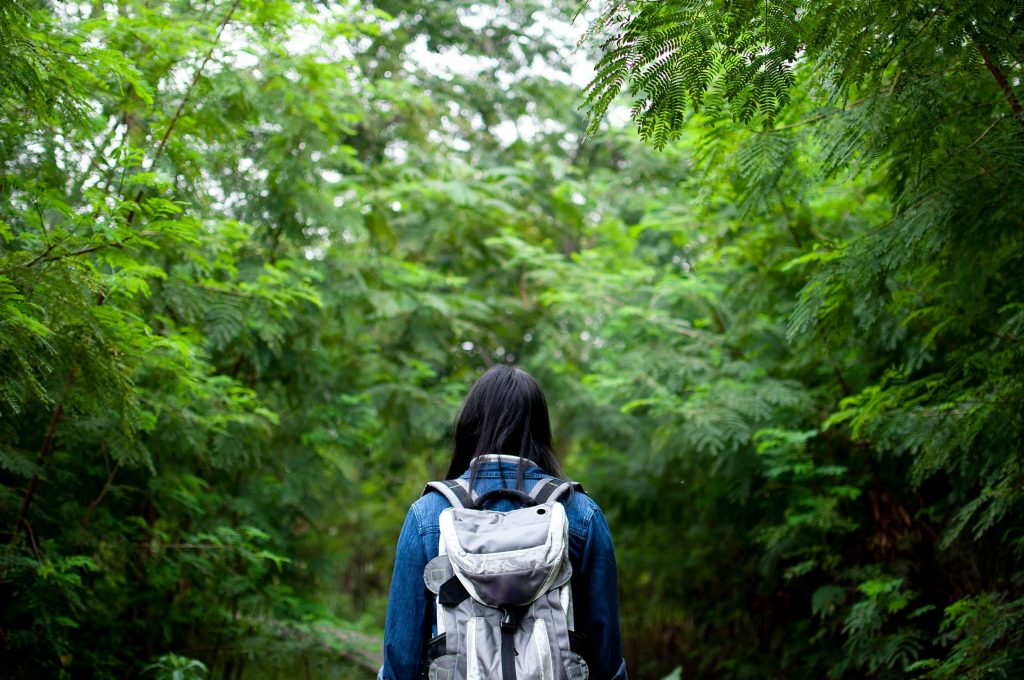
The Real Fixes
What Works
1. Buy Less, Use More
The most sustainable backpack is the one you have. Make it last by:
- Taking care of it
- Fixing it
- Being OK with wear
- Don’t upgrade
2. Choose Quality
Pick good quality over:
- New trends
- Fancy style
- Ads
- Brand
3. Circular Economy
Find brands that:
- Fix
- Take back old stuff
- Are clear about the life cycle
- Check how long stuff lasts
Guys Doing It Right
Patagonia’s Program:
- Fixes things
- Sells old
- Are clear about the life cycle
- Focuses on lasting
Service:
- Fixes all
- Are clear about materials
- Focuses on lasting
- Good prices
Made in USA:
- Local making
- Promises it will last
- Fixable
The Clear Truth
Harm Numbers
Based on checking the whole life:
1. Old Regular Pack: Best through lasting
2. New quality Regular Pack: Good lasting for harm
3. Good Sustainable Pack: OK harm if it lasts
4. Cheap Regular Pack: High harm
5. Sustainable Pack: Worst harm
Sustainability Math
For a sustainable backpack to be better:
- Last 1.5x longer, OR
- Have 30% less harm (rare), OR
- Stop you from buying many Regular Packs
Most good sustainable packs just barely last longer.
What They Say
Push Back
When shown clear data, many brands say:
- They improve shipping and wrapping
- They have small certifications
- Other stuff
- They’ll improve
Real Doing
Some are doing things:
- Invest in local
- Low harm materials
- Clear reports
- Last
The Legal Future
Future Laws
Laws are coming to stop lying:
- EU says you needs needs proof
- Say rules on ads
- Must report life cycle
- Laws
Getting Ready
Brands get ready by:
- Checking the life cycle
- Cutting ads
- Improving
- Being ready for rules
What You can do
Watch Out For
- Not Clear Ads
- Little things
- Shipping
- New every season
- Lies that can’t be checked
Better
- Buy quality used stuff
- Buy Local
- Focus on quality not on sustainablity
- Demand transparency
- Extend the life of existing gear through maintenance and repair
The Hard End
The sustainability situation shows that good ideas don’t come up with good results. Pushing sustainable has made things worse.
Being green needs:
- True check
- Lasting over
- Honest
- Education
- Don’t buy for
The best backpack lasts long.
As grow and push on lying, the will need to green. Until then, buy , use, and .
The green fails because are not . starts at .
#SustainabilityParadox #Greenwashing #EcoFriendlyMyth #BackpackSustainability #LifecycleAssessment #EnvironmentalImpact #ConsciousConsumerism #CircularEconomy #RecycledMaterials #SustainableBackpacks #GreenMarketing #OutdoorGearSustainability #EnvironmentalTruth #DurabilityOverTrends #ClimateConsciousness
